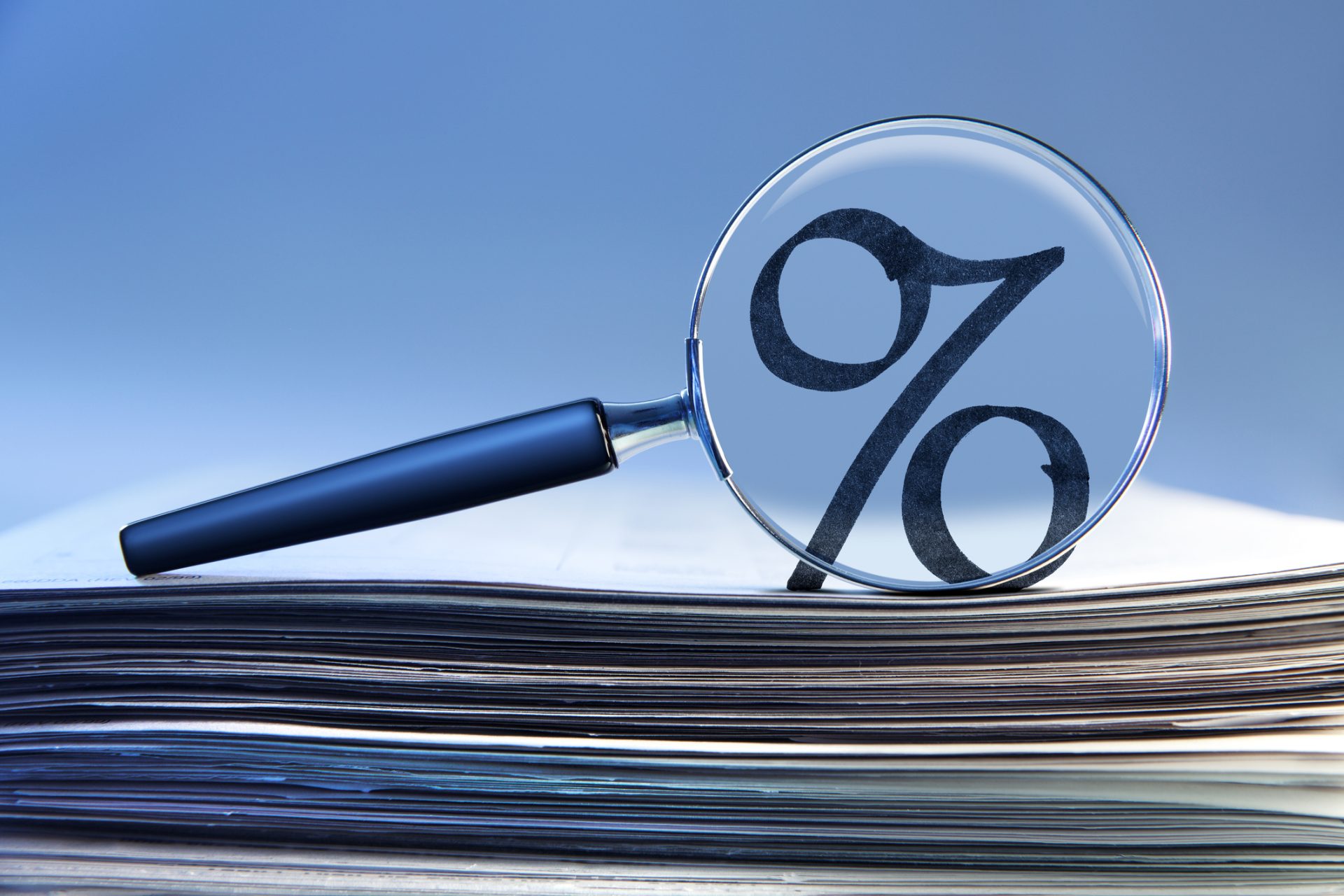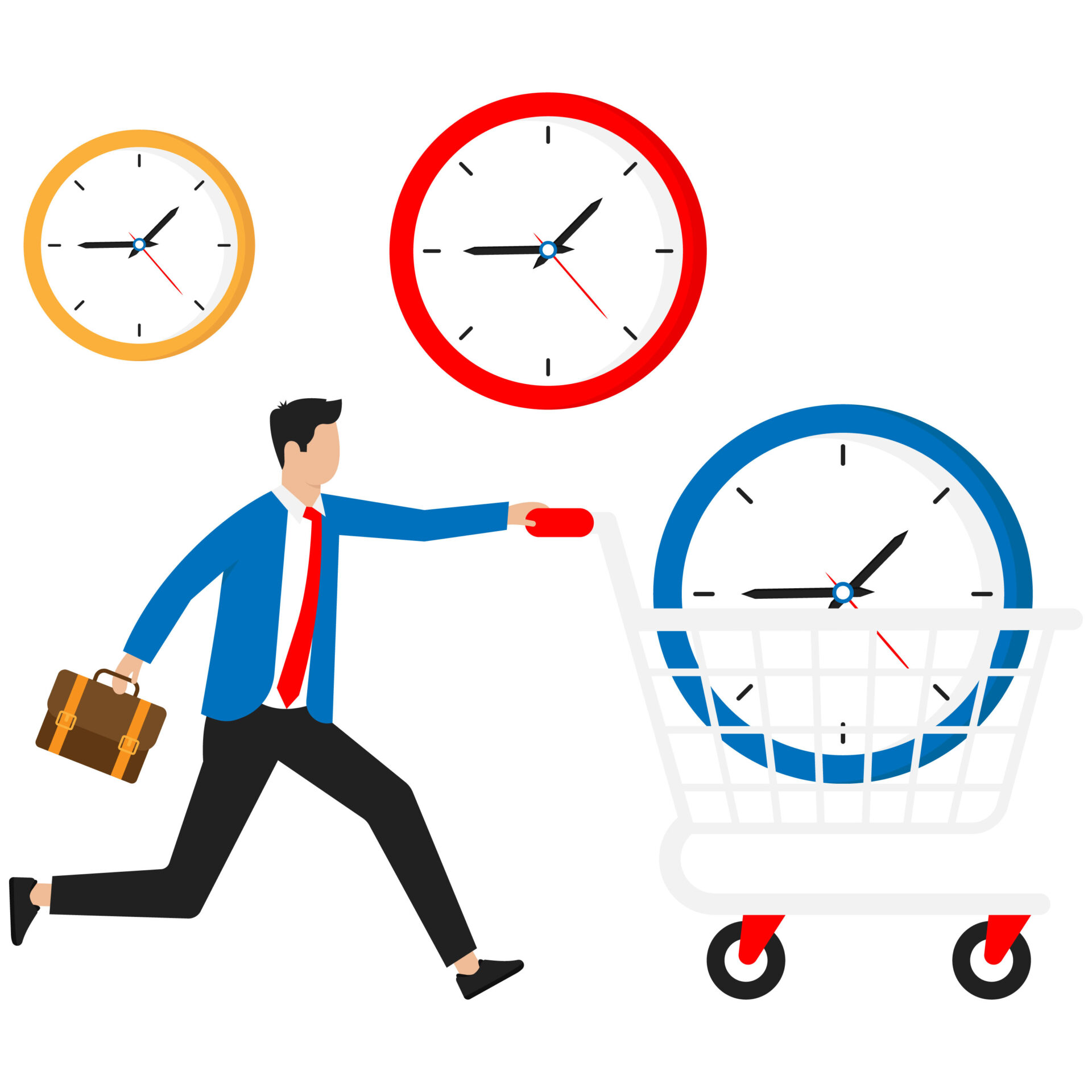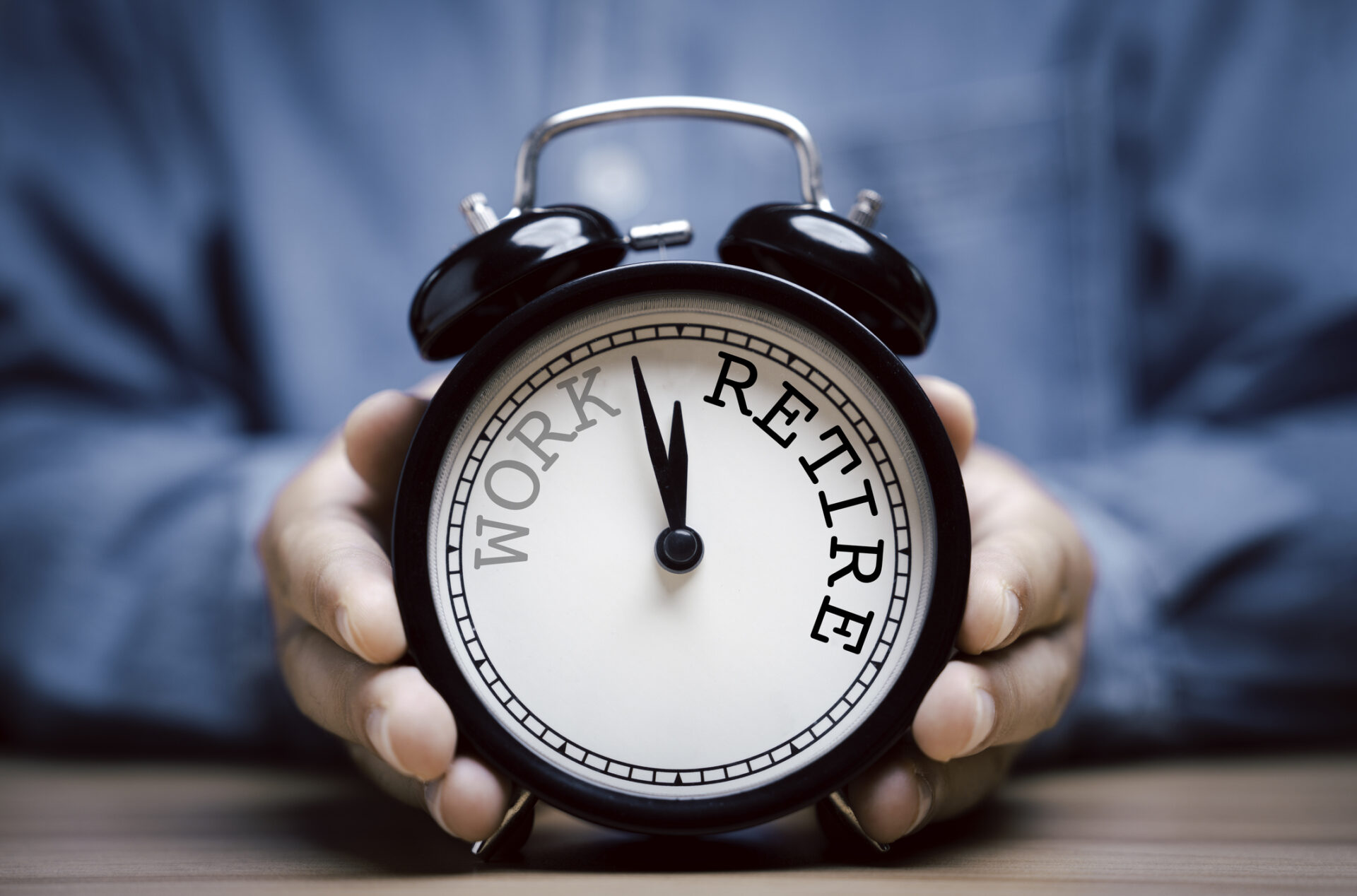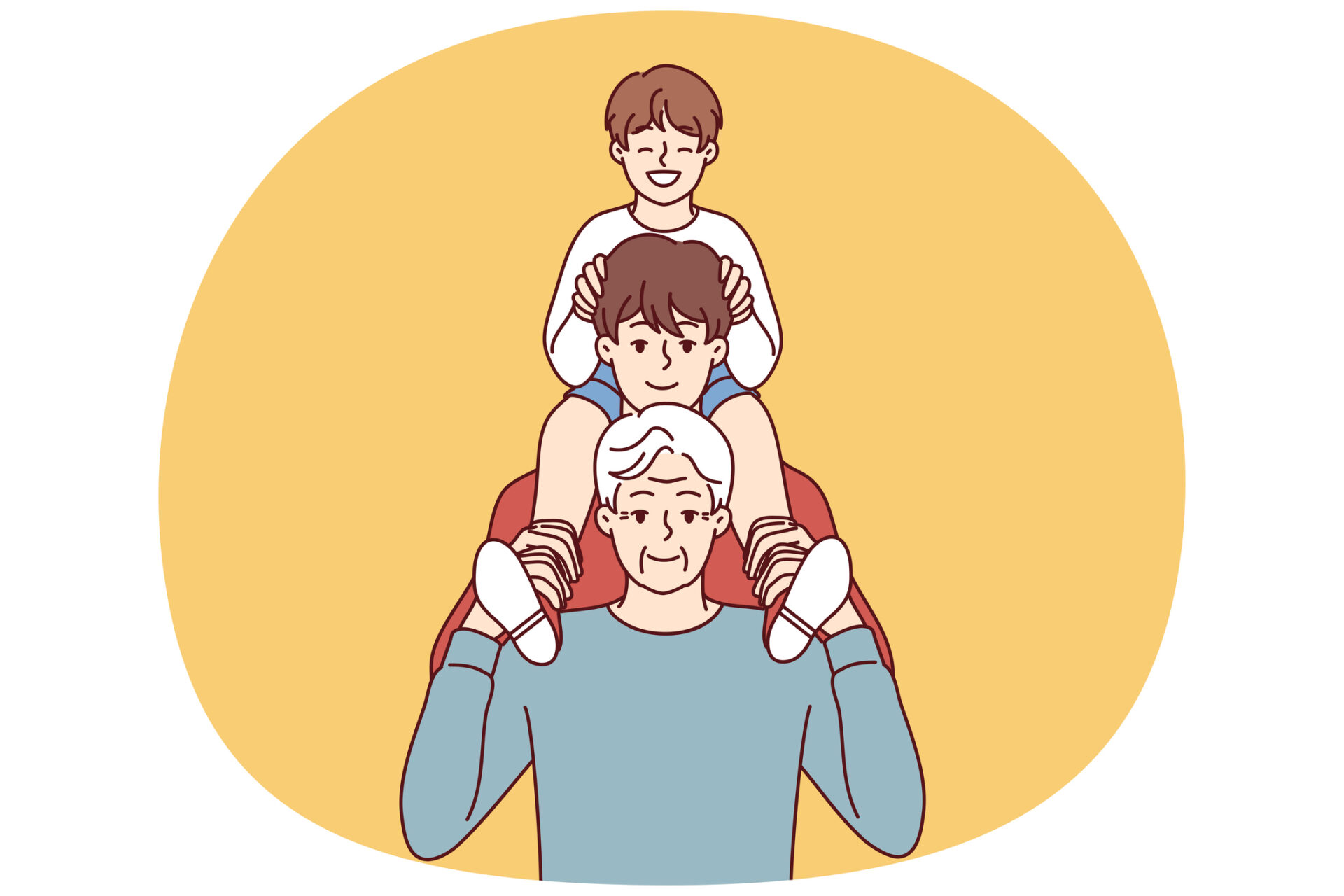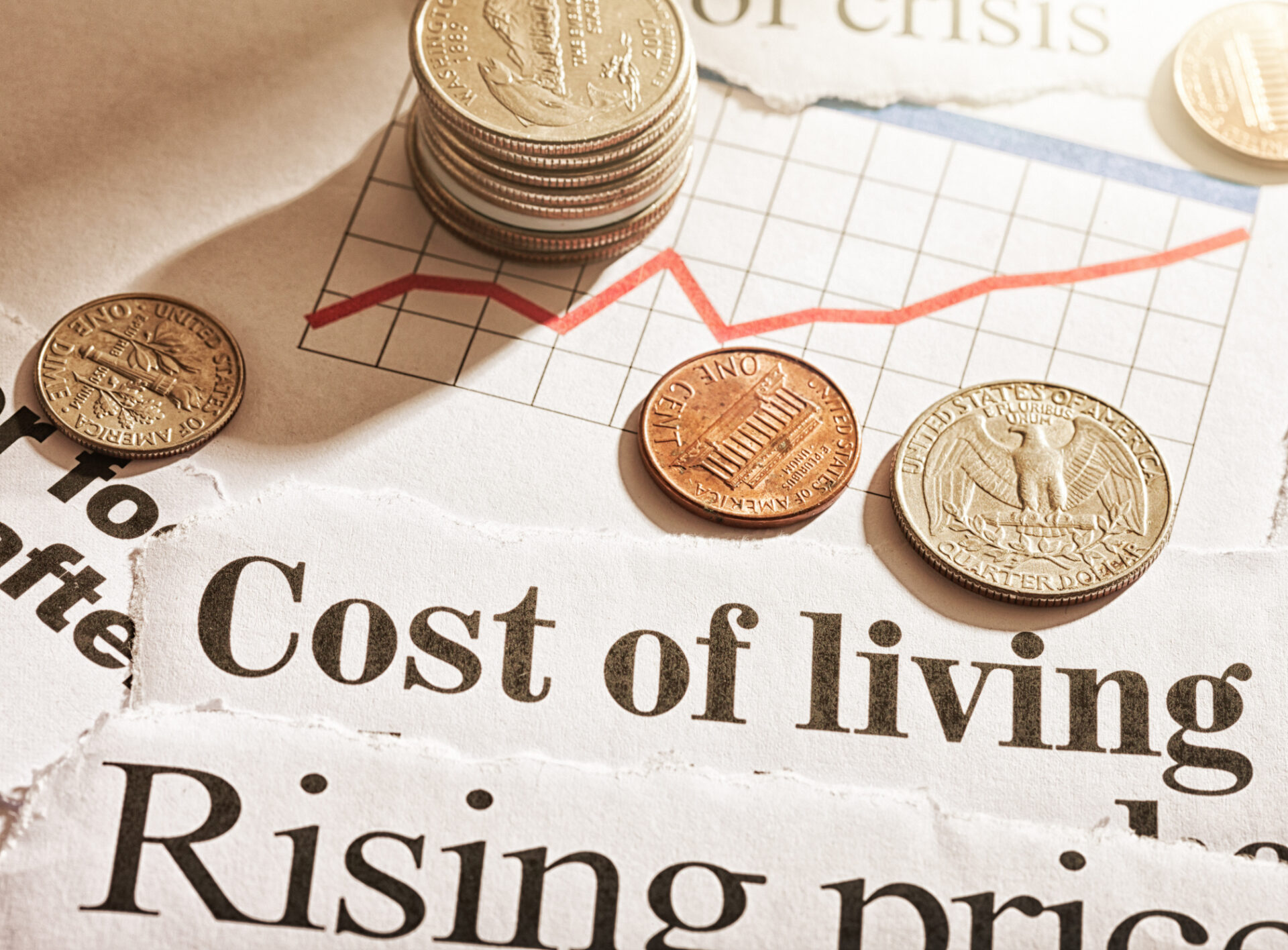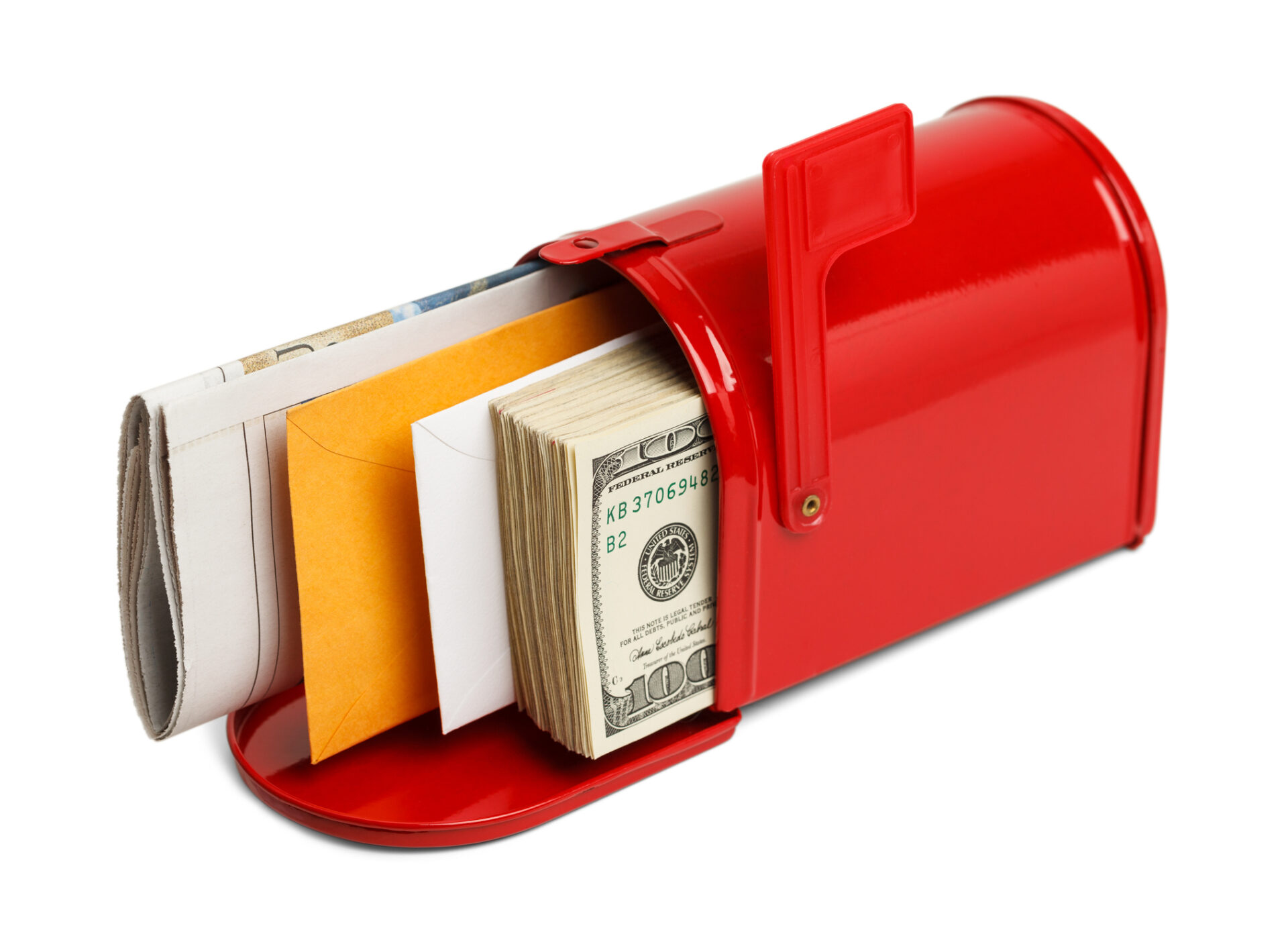We see interest rates in the news and in our daily lives; here we explore how exactly they work and impact your wallet.
Who Sets My Interest Rate?
Interest rates are a fact of life, one we cannot avoid because it is as closely tied into patterns of buying and saving as is the question of price. Unless you have a never ending supply of cash, it is likely that you have had to borrow money and were influenced by the interest rates at that time. This borrowing was likely in the form of large purchases on credit cards, financing a home purchase, or car loans, and you may have been comparing it to money in savings and checking accounts.
Depending on when you need extra cash, the decision process to borrow, spend savings, or delay the purchase could lead to very different outcomes.
In general, the Federal Reserve Bank, also known as the Fed, tries to set interest rates to a level where they can facilitate their dual mandate: 1) maximum employment and 2) stable prices. Increasing and decreasing the federal funds rate influences interest rates across the board that consumers and businesses are able to get when financing. They influence the spending decisions of individuals, households, and businesses alike.
Even though businesses and individuals like you do not borrow directly from the Fed, when the Fed raises interest rates this can make it more expensive for banks to borrow money. Banks and other lenders have to make money in order to stay in business, so to compensate for the higher borrowing rates, the banks increase the rates they offer to consumers. When the Fed rates go up, you will eventually see higher mortgage rates, higher credit card rates and higher borrowing rates in general. The rate banks charge us, the consumers, will always be higher than the rate they are charged by the Fed (or other institutions).
Why Do Interest Rates Change?
It may not seem odd that interest rates are so interconnected across the country, influenced more by the bank-for-banks than the people actually out there spending and saving in the consumer economy. However, this is a useful feature that helps the Fed to nudge the economy back and forth toward the happy medium.
When the economy needs a little help to grow or start up again during a slowdown, the Fed may lower interest rates to help stimulate the economy. If interest rates are very low, as we saw during the pandemic, this can encourage individuals to purchase new homes or vehicles or to make larger purchases in general because it is a cheap time to borrow the money. The same goes for businesses – if rates are low, they may invest more in infrastructure like new tech or larger offices.
When the Fed raises rates, such as now, they are wanting to pump the brakes and slow the economy down so it does not overheat. When rates are high it can give pause to consumers and businesses. Decision makers may be less eager to purchase homes or expand offices if rates are high, as they face paying much more in interest.
A higher interest rate is not all bad news, as this can encourage saving. When the Fed increases interest rates we usually see much higher rates of return for high yield savings accounts and other savings vehicles. This encourages households and businesses to hold onto money, rewarding them by providing a healthy return on cash.
What Do Higher (or Lower) Interest Rates Cost Me?
Now let’s look at how the Fed rates affect your wallet.¹
Not so long ago, before the Fed started hiking rates, a person with good credit could get a 30-year fixed rate mortgage at around 3 percent. As of July 2024 the rate increased almost 4 percent to 6.9 percent, again assuming good creditworthiness. This means you are way more likely to NOT buy a home now compared to before, which is what the Fed wanted to happen. Residential real estate prices were too high, and demand during the height of Covid was only pushing it higher. By hiking rates, the Fed was hoping to deter many buyers from rushing into the housing market – did it work on you?
Also prior to increasing the rates, in 2021, you could get a credit card with an interest rate of about 16.16 percent on average; as of July 2024 most cards are up 5 percent to almost 21 percent. Again, the goal here is to try and slow large purchases in the economy so the price pressure can drop. You might think twice before purchasing that new TV or computer, maybe choosing to hold onto your current setup instead of paying more in interest every month than you would have only three years ago.
Used cars and new cars both saw extremely high demand during the pandemic. High demand combined with the supply chain issues drove prices up, but consumers could also get relatively low interest loans on these vehicles, making them more attractive (which did not help with clearing out the demand jam). In 2021 the average four-year, used-car loan was about 4.8 percent whereas now it is almost 4 percent higher at about 8.54 percent. Similarly, the rate for a five-year, new-car loan was about 4.18 percent in 2021 and now is up to almost 8 percent, nearly double! Rate increases have slowed the purchases of new and used vehicles over time allowing the supply chain to catch back up to regular demand. A purchase of a new car for $40,000 last month would cost nearly twice as much interest than if you purchased it in 2021.
On a more positive note, increasing interest rates can encourage the average consumer to save more – not just by making spending less attractive, but by making saving more attractive. For example, high yield savings accounts are now, on average, paying 5 percent to hold your money for you. When rates are extremely low it is not uncommon to see savings rates under 1 percent. This means in a higher-interest rate environment you can expect to be getting paid a good bit by your bank to not spend your money.
We see the same trend with certificates of deposit: the rates they offer are higher than those before rate hikes. This also holds true for treasury bills and notes. With those we are seeing rates of return of 4-5.5 percent, depending on the duration, in a virtually risk-free investment.
Overall, the broad economic interest rate affects our lives in almost every way…some positive, some negative. When rates are lowered, it encourages spending and consumers will benefit from low financing options. They usually also see lower returns on saving their cash thus encouraging spending even more. On the other hand, when rates are increased, it encourages saving and holding out on large purchases.
Anessa Custovic, PhD
1. Specific rates in this section were taken from Bankrate’s article, 6 key ways the Federal Reserve impacts your money

